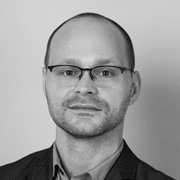“SAVE CO₂” – We are part of it!
Heidelberg Materials has partnered with ThyssenKrupp Steel, the Institute for Technologies of Metals at the University of Duisburg-Essen and sustainability research institute Fraunhofer UMSICHT as part of a highly relevant and important research project called “SAVE CO₂” – under the lead of the FEhS Building Materials Institute. The project started in May 2021 and will run for the next four years.
Better together – steel and cement industries
The steel and cement industries have always worked closely together. Through synergies arising from cross-industrial cooperation, they collaborate to conserve resources and prevent the buildup of greenhouse gases in the atmosphere. By-products from iron and steel production are used to minimise consumption of valuable raw materials and CO₂ emissions in the construction industry. For example, slowly air-cooled blast furnace slag (BFS) forms a rock-like material that has historically been used as aggregate in concrete production. With the level of water granulation achievable today, the glassy structure and associated high reactivity of BFS can now be preserved. Thus, granulated blast furnace slag (GBFS) can now also be used as a cement component to replace a proportion of the Portland clinker.
Both applications reduce emissions and conserve resources – especially natural limestone, sand and gravel.
A new approach
The steel industry is currently undergoing a structural change. Steel production is being transformed through a combination of direct reduced iron (DRI) and electric arc smelting, which significantly reduces CO₂ emissions. The classic blast furnace process has come to the end of the road, and granulated blast furnace slag will become less available as a clinker substitute for the cement industry.
Even though this new DRI-based process also produces slag as by-product, its chemical and mineralogical composition differ from that of blast furnace slag so that it cannot be used ‘as is’ by the cement industry. But, luckily, the story doesn’t end here!
Another “Material to Build our Future”
One main goal of the SAVE CO₂ project is to safeguard cross-industrial synergies by combining the DRI-based process with electric arc furnace (EAF) smelting and to develop novel slag types for use as a cement and concrete components. EAF slags will become a valuable source for the cement industry to maintain the CO₂ savings already achieved through clinker replacement technologies.
At the same time, upcycling of this advanced steel by-product will avoid potential landfilling of the slags. The five project partners represent the entire value chain, from production of slag to its conditioning and application in cement and concrete. We thus look forward to pioneering innovations for the circular recycling economy while at the same time further strengthening the existing synergies between the cement and steel industries.
Our Group Research and Developement team is proud to be part of the SAVE CO₂ project and its work to make another “Material to Build our Future”.

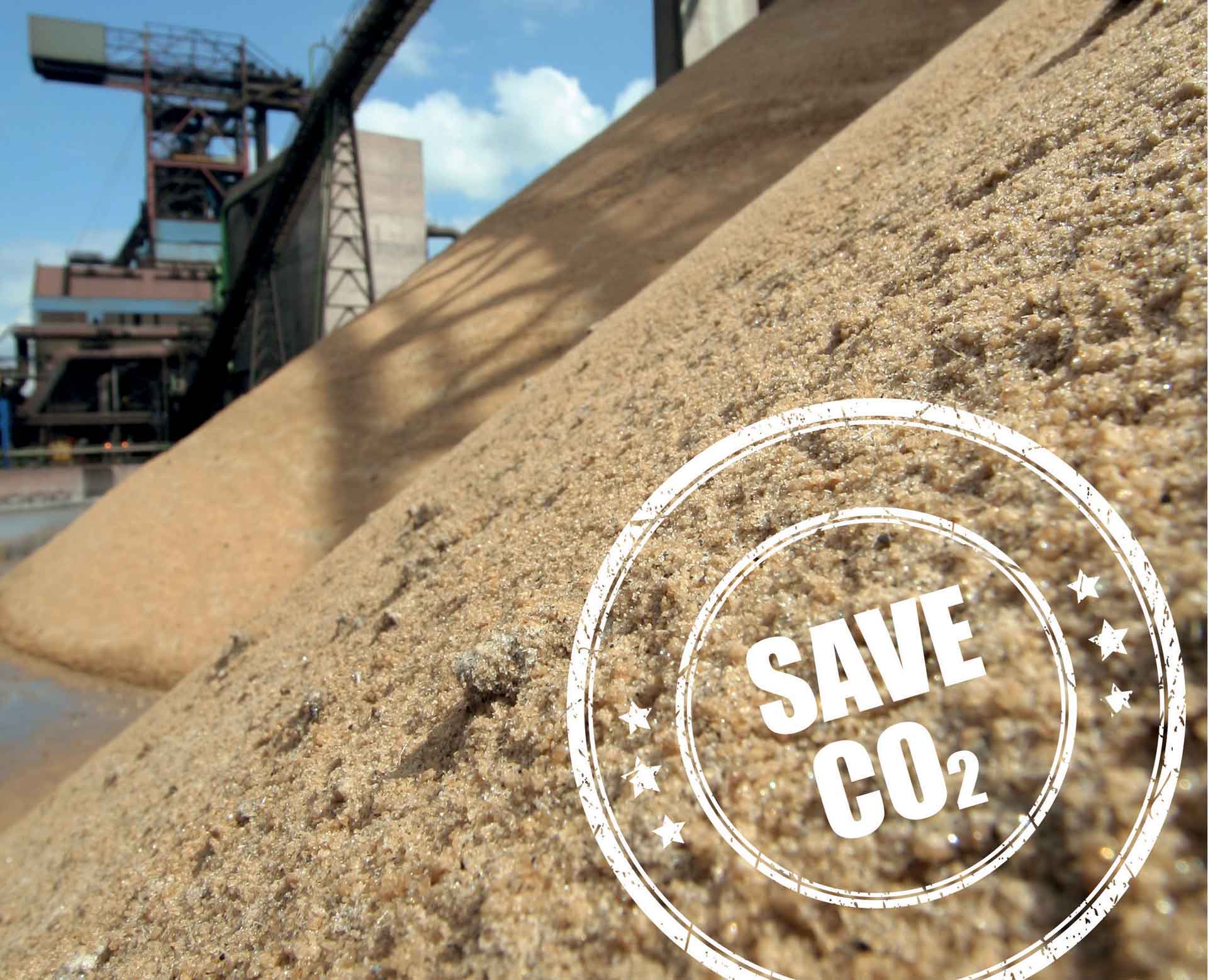
Save CO₂.
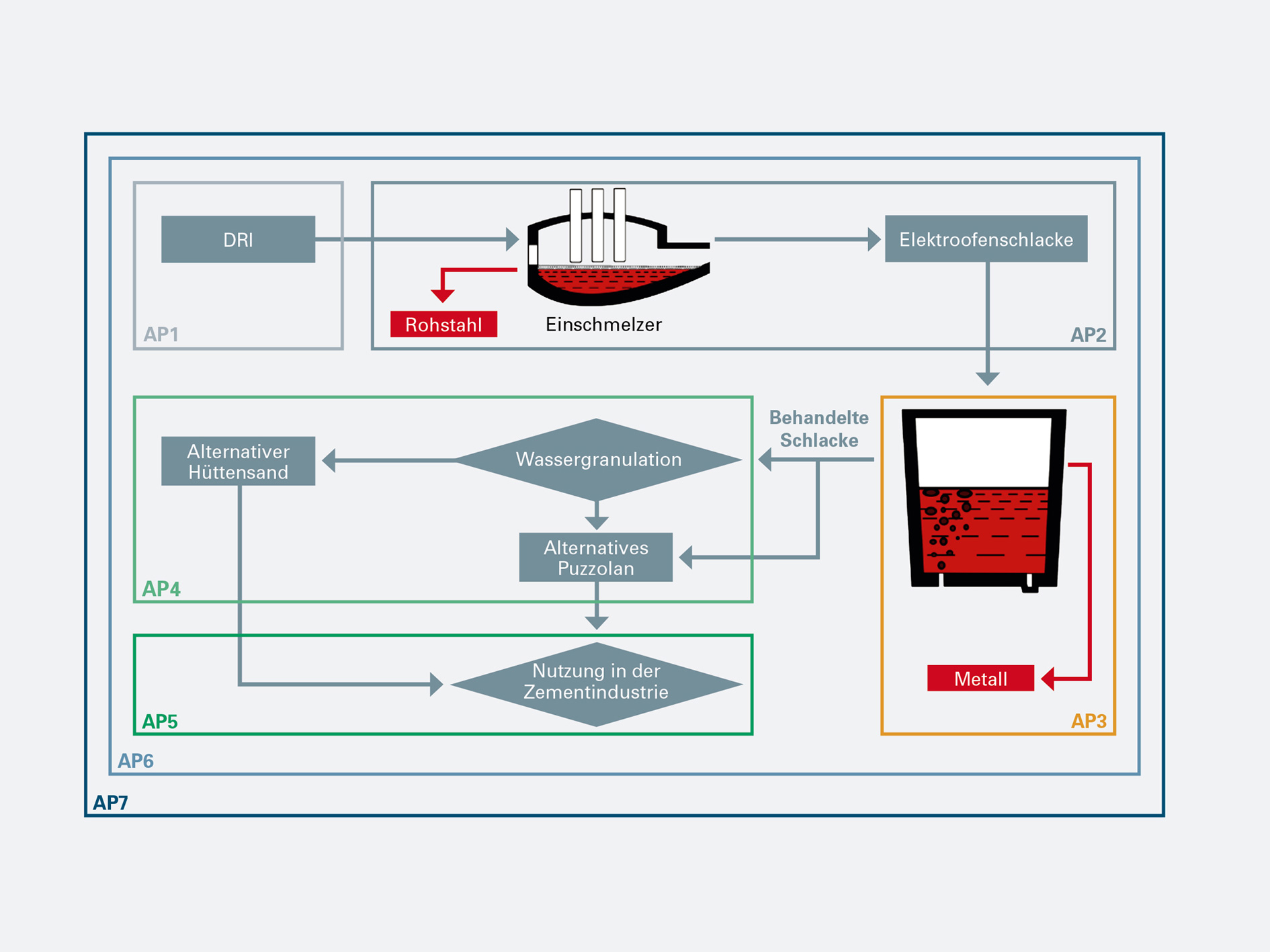
Schematic representation of the work packages and the partners involved. WP1: Production of different DRI qualities and metal analysis
WP2: Melting process in the electric furnace
WP3: Chemical treatment of the electric furnace slag for further transformation (possibly with iron recovery)
WP4: Production and characterisation of a latent hydraulic and pozzolanic material
WP5: Utilisation of the ground slag for the production of Portland composite cements in accordance with DIN EN 197-1
WP6: Ecological and economic process evaluation
WP7: Project management and documentation
D. Algermissen, FEhS Institut
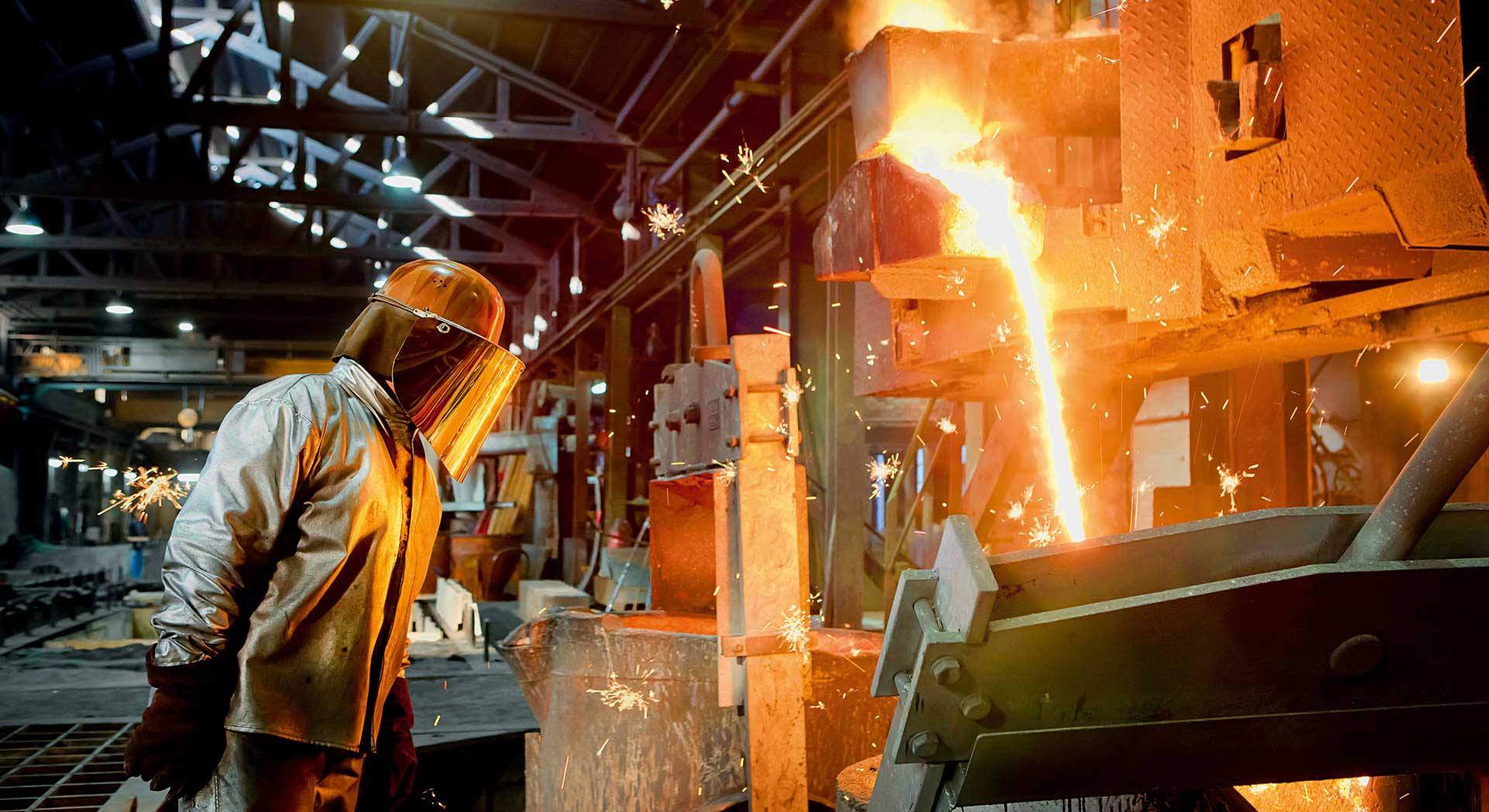
Blast furnace.
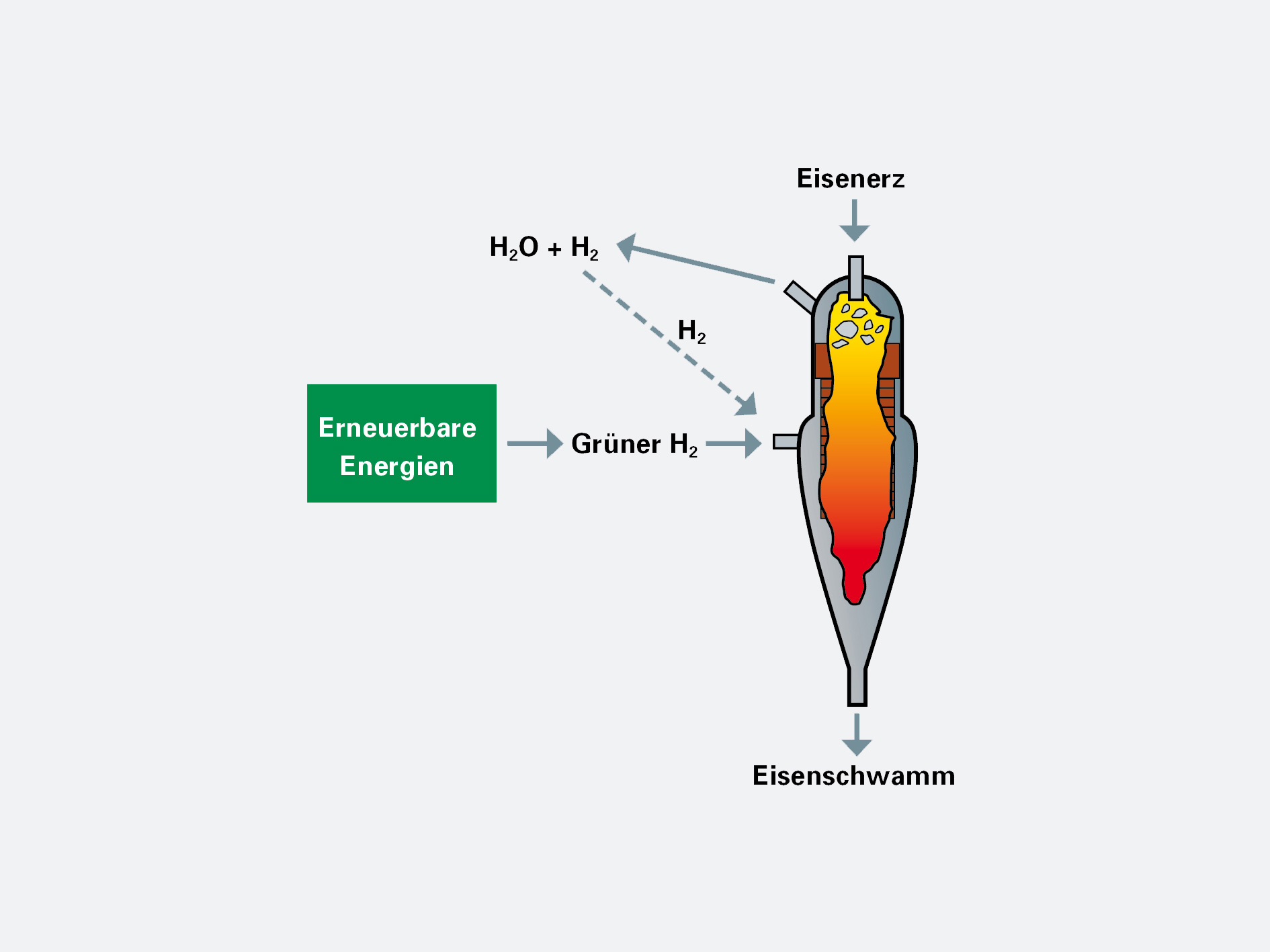
Direct reduction of iron ore to sponge iron.

Save CO₂.

Schematic representation of the work packages and the partners involved. WP1: Production of different DRI qualities and metal analysis
WP2: Melting process in the electric furnace
WP3: Chemical treatment of the electric furnace slag for further transformation (possibly with iron recovery)
WP4: Production and characterisation of a latent hydraulic and pozzolanic material
WP5: Utilisation of the ground slag for the production of Portland composite cements in accordance with DIN EN 197-1
WP6: Ecological and economic process evaluation
WP7: Project management and documentation
D. Algermissen, FEhS Institut

Blast furnace.

Direct reduction of iron ore to sponge iron.

